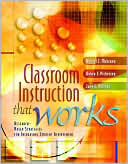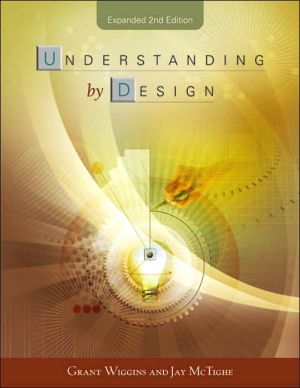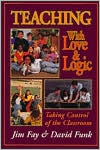Handbook of Implicit Learning
Search in google:
Research on implicit learning - a cognitive phenomenon in which people acquire knowledge without conscious intent or awareness - has been growing exponentially. This volume draws together this research, offering the first complete reference on implicit learning by those who have been instrumental in shaping the field. The contributors explore controversies in the field, and examine: functional characteristics, brain mechanisms and neurological foundations of implicit learning; connectionist models; and applications of implicit learning to acquiring new mental skills. John S. Lyons This volume provides an overview of the current state of research and theory in the field of implicit learning. The chapters are broken into three general sections: definitions (three chapters), methodologies (six chapters), and theoretical and empirical issues (eight chapters). The contributors represent many of the leaders in this field. The editors hope to provide a useful compendium of perspectives on the state-of-the art of research on learning processes of which we have no conscious awareness. The chapters on issues of definition seek to refine the somewhat variable uses of terms in this body of research and develop clear definitions for future use. The methodology chapters seek to describe the state-of-the-art in research design and measurement. The final section highlights research in topical areas such as learning of perceptual and motor sequences and processing speed. This is a rather erudite volume that will be of interest primarily to other researchers in the field of implicit learning. Also, it could be used as a text in a graduate class on implicit learning. It is not recommended for individuals who have not already been exposed to some introduction to learning research. The book has some high quality figures and tables, but it is mostly text. It has been attractively laid out and is quite readable. The reference sections of the various chapters are uniformly excellent. This is a well-written, although complex, book which presents a solid representation of the current state-of-the-art in research on implicit memory. It is a must read for anyone interested in research on implicit memory. It is a difficult read for anyone who is not already knowledgeable about research inlearning processes.
Preface1Differences and Commonalities Between Implicit Learning and Implicit Memory32One Concept, Multiple Meanings: On How to Define the Concept of Implicit Learning473The Question of Awareness in Research on Implicit Learning1054Implicit Learning of Invariant Features?1355Implicit Learning of Loosely Defined Structures1616Artificial Grammar Learning and the Mere Exposure Effect: Emotional Preference Tasks and the Implicit Learning Process2017Project Grammarama Revisited: Generativity of Implicitly Acquired Knowledge2238Implicit Learning: Methodological Issues and Evidence of Unique Characteristics2619Multiple Forms of Implicit Learning29510Implicit Sequence Learning: The Truth Is in the Details32311Implicit Sequence Learning From a Cognitive Neuroscience Perspective: What, How, and Where?36512Implicit Learning of Perceptual and Motor Sequences: Evidence for Independent Learning Systems40113Aging and the Development of Learning44514The Role of Attention in Implicit Sequence Learning: Exploring the Limits of the Cognitive Unconscious47115Learning and Development: The Implicit Knowledge Assumption Reconsidered49516Implicit Knowledge in Sequential Learning Tasks53317Implicit Learning and Motor Skill Learning in Older Subjects: An Extension of the Processing Speed Theory573Author Index595Subject Index610About the Contributors629








